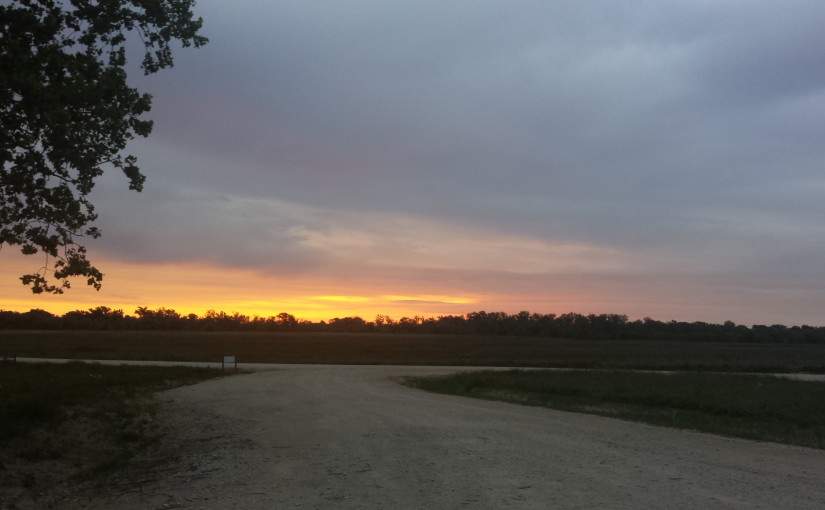-
Attwater Prairie Chicken National Wildlife Refuge

The sun is rising over the Katy prairie, and a slightly chilly breeze greets the couple of dozen nature enthusiasts huddled in a group at the front of the parking lot for the visitor’s center. The group is waiting for vans to come pick them up, vans that are driven by wildlife biologists who know where…
-
Wild Montana
July 21, 2014 Two horses nudge each other nervously, looking over each other’s withers across the fence, towards the treeline. Two dark figures move slowly across the field, cautiously stepping out of the cover of the forest. Jason’s eagle eye had stopped these slow movements, and we had turned the truck around and parked to…